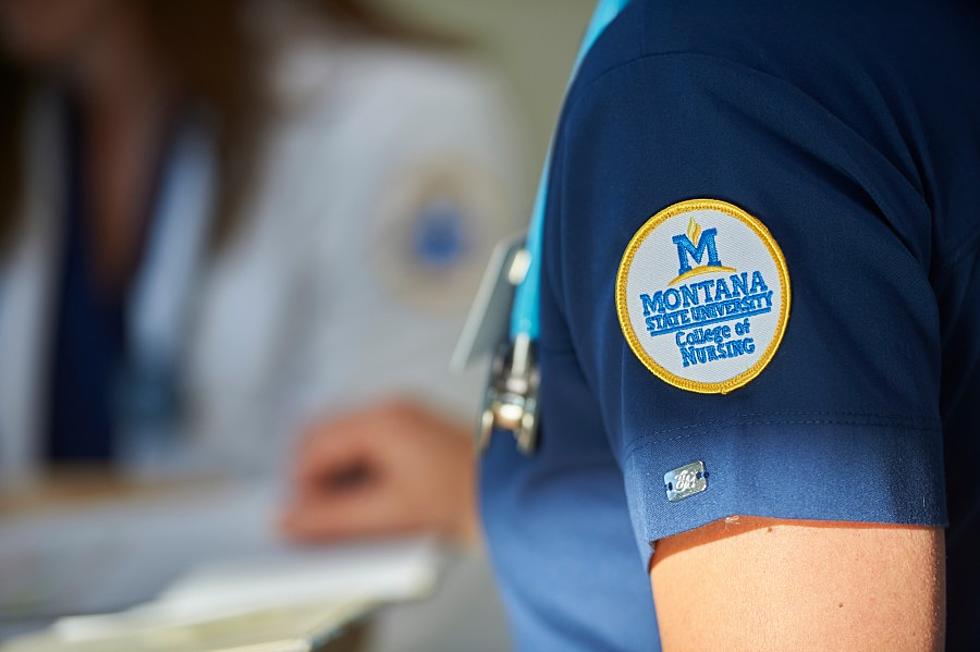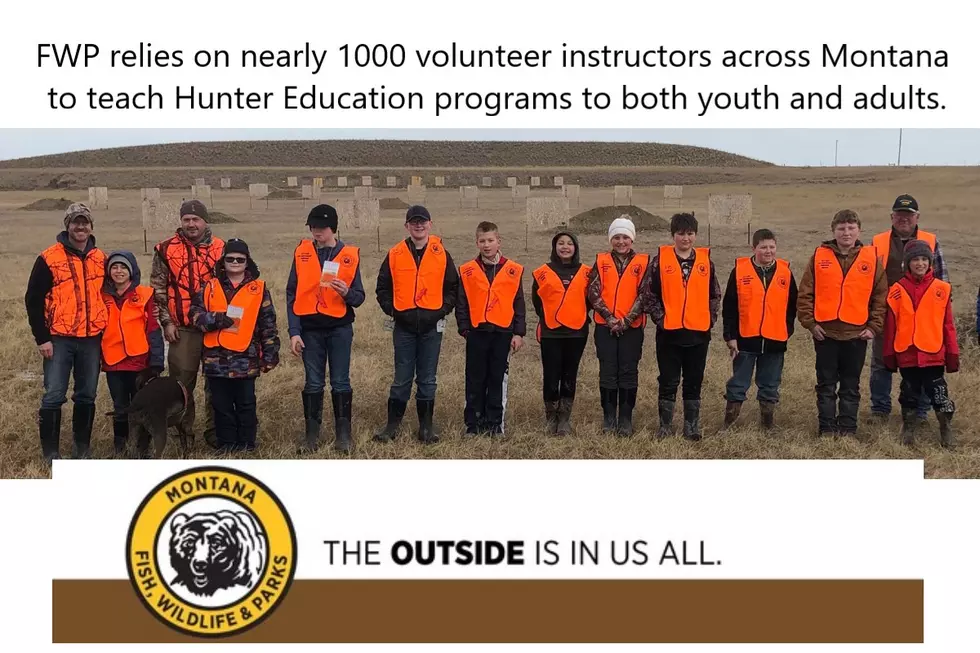
MSU researchers collaborate with one-room schoolhouses to collect bee data
BOZEMAN – Declining bee populations have been widely discussed by scientists and the public over the past decade. But while colony collapse disorder and diseases impacting European honey bees are well known, native bee populations are frequently overlooked. A team of researchers in Montana State University’s Montana Entomology Collection (MTEC) are working to fill that knowledge gap and learn more about Montana’s wild bees.
“We are in year two of a 15-year project to document the 500 to 1,000 species of native bees in Montana,” said Michael Ivie, an associate professor of entomology in the Department of Plant Sciences and Plant Pathology in MSU’s College of Agriculture and the MTEC’s curator. “Montana is a huge area, and our knowledge is so limited that we don’t have a more accurate estimate of how many species are here.”
The project started when one of Ivie’s graduate students did a study of the bumble bees of Montana in 2016, and it became obvious how many holes there were in the knowledge of Montana’s native bee diversity. Ivie secured funding from the Montana Department of Agriculture in 2017 for the “(Wild) Bees of Montana Project,” to create a complete collection of samples and determine just how many species of native bees the state has. He and Casey Delphia, the project’s chief taxonomist, recruited a graduate student and volunteers to help. But to examine all 147,000 square miles of the state would require more manpower than they could muster, and to fill that need, an unlikely partnership was created.
“One of the ideas I had in proposing the project was to capitalize on two facts about one-room schoolhouses,” said Ivie. “They are located in remote places where we need samples, and few curriculum projects are specifically aimed at them. So, this project was born.”
This May, graduate student Zoe Pritchard and volunteer Cheryl Fimbel, a retired wildlife ecologist who studied wild bees in western Washington before moving to Bozeman, put together boxes that included curriculum and bee-sampling tools and sent them to one-room schoolhouses across the state. Seven schools, from Conrad to Glendive, responded by sending bee samples back to Marsh Lab. It gave the students a chance to become citizen scientists, said Pritchard.
To collect samples, students placed “bee bowls” – colorful plastic bowls filled with soapy water that look to bees like giant flowers – on the edges of their schoolyards among grass and wildflowers. After a day, they came back and collected the bees, packaged the samples in special equipment that Pritchard and Fimbel included in the kits, and mailed them back to Bozeman.
“It’s a simple collecting process, but it teaches them a little bit about the scientific method that they might not have seen before,” said Pritchard, who received her undergraduate degree at Iowa State University before moving to Bozeman this January to join Ivie and Delphia’s team. She and Fimbel got to see the success of the schoolhouse partnership firsthand, visiting students this spring to help teach them about the project. Both students and teachers greeted the opportunity enthusiastically.
“The students and I were amazed at the quantity and variety of insects in the bowls,” said Kristi Borge, teacher at Polaris School northwest of Dillon. Borge’s students collected and examined both bees and other insects before sending them to MSU, and the experience sparked lasting curiosity for the kids. “We look forward to learning about the species in our area.”
Back in Bozeman, the scientists worked to identify any new varieties and add them to the 399 species currently documented in the state.
“One of the most important things for us to do to protect bees is getting distribution information, because you can’t help something if you don’t know where it is,” said Fimbel. “Having baseline information, especially from a place that has no data, is a starting point for managing any kind of species.”
While students across the state helped collect bee samples this spring, Pritchard and Fimbel were also driving all over Montana to find as many species as they could. Pritchard’s graduate studies are focused on the genus Megachile, a native group often known as leafcutter bees. As of right now, about 30 species of Megachile are known to be native to Montana, but Pritchard predicts that number will increase once the whole state has been canvassed. Previous graduate students in the department have worked on other types of bees, and those who follow Pritchard will continue until 2032.
“We’re building our reference collection in Montana here, and it’ll be a great resource,” Pritchard said.
And in the meantime, students in rural schools across the state are getting to learn a little more about the world around them and contribute to a project that connects them to the rest of Montana’s extreme diversity – the reason Pritchard moved from the Midwest in the first place.
“It’s really interesting coming here because we have so much native bee diversity, but we have this big knowledge gap due to lack of sampling in these remote areas,” she said. “It’s this giant puzzle that you’re going through, but that’s why we’re building this collection: so that future scientists can build on our work.”
Thanks to the team’s unique partnership with Montana’s rural schools, they may have just met and inspired some of those future scientists.
- By Reagan Colyer, MSU News Service -









